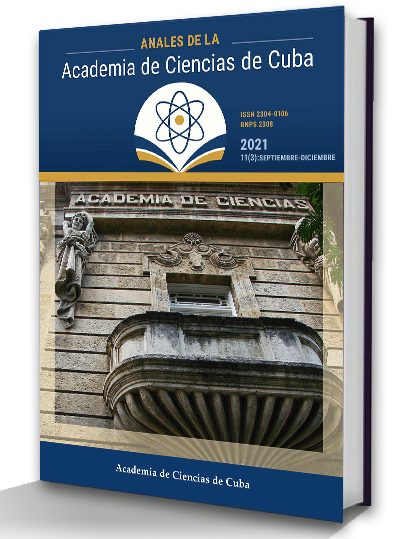Identification and assessment of kaolinitic clays for the production of ternary cement LC3 and active mineral admixtures LC2
Keywords:
kaolinitic clays, calcined clays, supplementary cementitious materials, active mineral addition LC2, limestone calcined clay cement LC3Abstract
Introduction: The industrial scale implementation of the production of LC3 cements and the corresponding active mineral addition (LC2) is limited because there is no adequate strategy that allows for the identification and evaluation of the existing clay deposits as a source of supplementary cementitious materials (MCS) and its scarce reported resources. The goal of this work is to develop a procedure that allows for the identification and evaluation of clay deposits to be used as MCS and to establish the parameters for their suitable selection. Methods: Four clay deposits were studied, which were chemically and mineralogically characterized. The clays investigated were calcined at 750 and 850 ºC and were characterized from the chemical point of view and the specific surface, and their pozzolanic reactivity was assessed. The calcined clays were used in the formulation of LC3 cements, which were evaluated in their anhydrous state, in pastes and in mortars. Results: In the characterized clays there is a predominance of clay minerals from the kaolinite group, while their relatively high iron content limits their exploitation in applications of industrial kaolins. The calcined products show an excellent pozzolanic reactivity and the binders show a similar behavior to the P-35 cements. Conclusions: The four deposits present potentialities for the production of MCS on an industrial scale. Kaolinite content is the factor with the greatest influence on pozzolanic reactivity. The presence of thermally unstable accompanying minerals during the calcination process also affects pozzolanic reactivity. The procedure developed constitutes a solid tool for evaluating the potentialities of clay deposits as a source of MCS.Downloads
Downloads
Published
How to Cite
Issue
Section
License
The journal Anales de la Academia de Ciencias de Cuba protects copyright, and operates with a Creative Commons License 4.0 (Creative Commons Attribution-NonCommercial License 4.0). By publishing in it, authors allow themselves to copy, reproduce, distribute, publicly communicate their work and generate derivative works, as long as the original author is cited and acknowledged. They do not allow, however, the use of the original work for commercial or lucrative purposes.
The authors authorize the publication of their writings, retaining the authorship rights, and assigning and transferring to the magazine all the rights protected by the intellectual property laws that govern in Cuba, which imply editing to disseminate the work.
Authors may establish additional agreements for the non-exclusive distribution of the version of the work published in the journal (for example, placing it in an institutional repository or publishing it in a book), with recognition of having been first published in this journal.
To learn more, see https://creativecommons.org






